Log in or create new account to save this product to your wishlist.
How to Lay Turf – complete 8-step guide
Sowing seed for a new lawn is easy and cheap. But if you've set your heart on turf, make sure you know what you're looking for! Everything you need to know about turf.
Latest articles
7 MIN 22 Jul How to keep your lawn in shape this summer 9 MIN 15 Jul Watering Your Garden: 10 Top Tips! 11 MIN 15 Jul Is Your Grass Type Right for your Garden? 11 MIN 10 Sep Create Your Low-Maintenance Garden – Tips and Ideas 11 MIN 08 Sep The Ultimate Guide to Choosing the Perfect Hedges for Your Garden 12 MIN 30 Aug The Top 20 Evergreen Climbers to Transform Your GardenAre you looking for that quintessential picture-perfect lawn? Maybe you’re greeted by a tired, scrubby patch of grass as you look out of your kitchen window? In this case, you have two options: sowing seed or laying turf.
- What is turf?
- Where do turf rolls come from?
- Why should I lay turf?
- How much will new turf cost me?
- How to remove turf
- When to lay turf
- How long does it take for new turf to bond to the soil?
- Laying turf in 8 steps
- Things to consider when buying turf
- FAQ
Although laying turf is much more expensive than sowing new seed, you do get an instant transformation – so, if you’re looking for quick, then turf is your friend.
Sowing seed is a satisfying way to nurture your lawn, giving the fulfilment of a job well done. Within a couple of months, your new lawn will be full of vibrancy, strength, and vitality (as long you choose high-quality grass seed with a high germination rate!).
This article is about how to lay turf – step-by-step. Of course, you can pay someone to lay it for you – but if you’re looking to save some cash, you can get a great result with your own fair hands.
Ready? Let’s get started.
What is turf?

Turf is the top layer of soil, bound together by grass plant roots. When you buy new turf to lay in your garden, it’s sold in rolls that consist of:
- Around 2-2.5cm of root-heavy topsoil
- A healthy root system
- Blades of healthy grass
Once laid, turf offers an immediate full and deep green lawn.
Some things to consider when choosing which type of turf to purchase:
- Are you looking for a hard-wearing lawn (suitable for heavy use)?
- Or do you want an ornamental lawn that can be cut short?
- Will the grass accommodate ball games and pets?
- How often are you prepared to mow?
Most turf in the UK is sold in rolls, but occasionally you can find it in large, flat slabs. In most cases, however, your supplier will deliver your grass on freshly cut rolls.
Where do turf rolls come from?
Turf is grown by specialist lawn growers on vast plots of land. With the appropriate preparation and care, they raise the grass from seed, ensuring the turf develops into a thick, dense structure.
The grass plants are usually developed and nurtured for around a year. When the roots have matured and the grass plants are thriving, the turf is harvested from the field. Usually, turf is harvested mechanically, but I’m going to explain how to remove your garden turf manually later in this article.
In the case of commercial turf growers, they need to preserve the strength of the field soil, so they remove the turf just to the depth of the deepest roots.
Why should I lay turf?

Laying turf is more expensive than sowing your grass from seed. Nonetheless, many people opt for the convenience of a ready-made lawn.
With turf, you get:
- A weed-free lawn. Maintaining this relies on removing weeds from your garden soil before you lay the new turf.
- Immediate results. You’ll also be able to spot any flaws in the growing surface.
- Consistent grass coverage. When you sow seed, it’s normal to miss a few patches, leaving bald spots, which need overseeding.
- A lawn you can walk on within two weeks.
- An almost year-round window for turfing. No need to wait for the prime sowing season.
So, while you will save lots of money sowing seed, you’ll get an instant new lawn with turf.
How much will new turf cost me?
The first thing to consider here is how much it will cost to sow a new lawn from seed. Check out this article for the full lowdown on the turf vs seed argument, but as a rough guide:
| TURF QUALITY | AVERAGE COST per m2 |
| Budget | £3+ |
| Mid-range | £5+ |
| Premium | £7+ |
| Professional laying costs | £150-£200 a day |
So, if your lawn is 25m2:
A budget turf would cost you £75 for the turf + laying fees
A mid-range turf would cost you £125 for the turf + laying fees
A premium turf would cost you £175 for the turf + laying fees
Of course, 25m2 is a small garden – if your garden is significantly more extensive, you’re looking at much higher turfing costs (and a bigger job to lay).
Compare that to the costs of laying seed:
| SEED QUALITY | AVERAGE COSTS per m2 |
| Cheap | 16p |
| Mid-range | 26p |
| Premium | 35p |
So, if your lawn is 25m2:
A cheap lawn seed will set you back £4
A mid-range lawn seed will cost £6.50
Premium lawn seed, like MOOWY’s range of seeds, would be £8.75
Sowing seed is a considerably easier DIY task than laying turf.
You’ll get excellent results from spending a few hours preparing the soil and then sowing and pressing the seed.
Check out our expert’s guide to sowing grass seed for more information.
How to remove turf
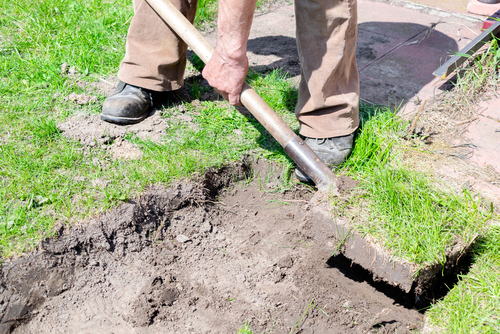
If you’re considering laying turf, preparing the soil first is essential. It’s not advisable to lay turf over your existing lawn, especially if you’re turfing to replace low-quality grass (and why would you do it otherwise?).
Laying turf over an existing lawn is a recipe for disaster: you’ll inherit all the same problems that caused poor performance of the old lawn. If the lawn is diseased, there’s a chance it will survive the returfing; if your grass is thin and weedy, the weeds will likely reappear unless you remove them first.
There are two ways to remove existing turf: with a spade (slightly back breaking!) or a sod cutter (a little easier).
Removing your turf using a spade
This method requires strength and a considerable amount of the old elbow grease. Nonetheless, this is the most common approach to removing your turf.
First, we recommend you water your lawn with a sprinkler a few days before you start. This adds moisture, which makes it easier to lift the soil.
Don’t overwater! You don’t want muddy soil.
PRO TIP: After watering, push the blade of your shovel into the ground until you reach the grass roots.
- If the shovel emerges clean, the soil needs more water.
- If the earth sticks to the shovel, the soil is moist enough.
How to remove turf with a spade:
- Cut squares into your existing lawn with the blade of your spade – 25x25cm.
- Decide where your leading edge is going to be. Dig your spade below the grass roots (around 3-6cm) and insert the spade underneath the grass, gently prying up to lift the soil.
- Sever the grass roots by getting onto your hands and knees and cutting and slicing with the spade underneath the grass until the turf comes free.
- Remove the turf and place it in a wheelbarrow.
- Continue until you have removed the entire turf.
When to lay turf
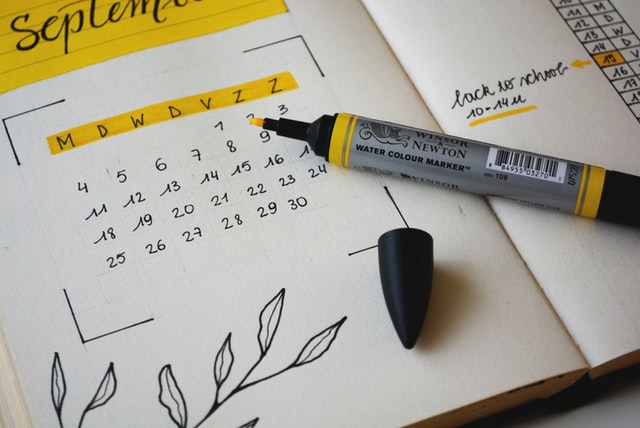
You can lay turf almost all year round. And, surprisingly, there are distinct benefits to leaving it later in the year.
However, it’s best to avoid laying turf when there’s a risk of frost or during a scorching day.
Laying turf in spring
Spring is an excellent time to lay turf because grass grows remarkably quickly and will establish well once the soil temperature has exceeded 10ºC. However, it’s best to wait until March, when the risk of frost has passed.
The extra springtime rain will irrigate your new turf, helping the roots adhere to your soil, although you may have to water manually if the weather is dry.
Laying turf in summer
Depending on the weather, grass grows more slowly during the summer. Nonetheless, your new turf will bond with your surface soil quickly – within ten days if the weather is right.
However, you’ll need to water your newly laid turf more often if the weather is warm and dry.
If your turf is delivered on a hot day, place the rolls in the shade until you’re ready to lay them – that way, you’ll prevent the turf soil from drying out. But if the weather is hot and dry, water your turf rolls lightly to protect them – don’t overwater, however: they’ll become too heavy.
If you can, lay your new turf on a cloudy day. That way, it will be cooler (there’s a lot of carrying!), and the soil will maintain its moisture.
Water well after laying, and keep it moist for the next two weeks. Again, don’t overwater – it will make the roots lazy. Check out our expert’s guide to watering your lawn for pro tips.
Laying turf in autumn
You might think it’s too late to lay turf by the autumn; you’d be wrong. Autumn actually presents a range of favourable conditions for this physically challenging job:
- There’s less sun, making it less likely you’ll get sunburn. It also means your lawn is less likely to scorch.
- There’s usually more rainfall, meaning less manual watering.
- The lawn is usually used less in the autumn, giving it a better opportunity to establish itself without disturbance.
Laying turf in winter
Surprisingly, it’s OK to lay turf during the winter – but avoid freezing temperatures.
Don’t panic if the frost hits soon after you’ve laid the new grass – it will just go dormant. And as soon as the soil temperature rises above 10ºC in the spring, the new turf will begin the job of bonding.
How long does it take for new turf to bond to the soil?
If you water little and often (and every day), the roots of the new grass plants will bond to the soil in 2-3 weeks.
Check whether the roots have adhered to the soil surface by gently lifting a small corner of the turf. If it doesn’t lift, the roots have bonded; if it lifts, it needs more time.
QUOTE – Did you know that a turf roll weighs as much as 15kg? When wet, it weighs up to 18kg!
Laying turf in 8 steps
If laying turf is your chosen approach to refreshing your lawn, follow our 8-step plan.
However, if you’d prefer the cheaper and more straightforward approach, consider sowing your new lawn from seed.
Step 1: Make a plan
First off, measure your lawn to determine how much turf you’re going to need. It’s generally recommended that you add an extra 5% to allow for wastage – especially if your lawn has many edges, corners, irregular curves, etc.
Check the weather forecast, and plan ahead. Plan your delivery date around inclement weather – avoiding frost and heavy rain.
Once the turf is delivered, try to lay it within 24 hours. Also, ensure you have a lawn roller – it will make the job easier!
Step 2: preparation for the surface
Before delivery, remove the old turf and turn over the topsoil.
Remove stones and debris, such as fallen branches.
Step 3: level the surface
This is very important if you want a beautifully flat lawn.
Roll the soil with a roller to avoid too much movement during the laying process. Even small dips will become visible once the turf is laid.
Use a rake to level out the surface. Don’t skip this stage!
Step 4: Moisten the soil
Moisten the soil before laying your new turf. Don’t over soak it because it will become muddy, disturbing the surface.
Step 5: Roll out the turf
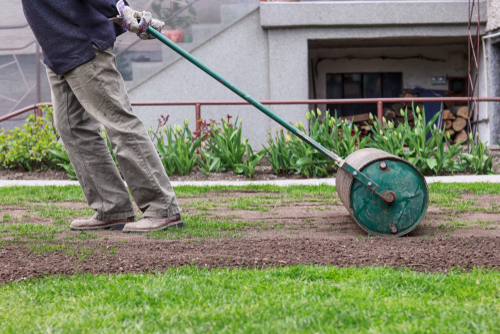
Now, the hard work begins!
Roll out the turf, starting at the far end of your garden and working in towards the house. This way, you won’t walk over the grass once it has been laid.
You’ll get the best results from laying your turf like you would bricks – overlapping the ends of the strips in stretcher bond. Place the turfs tightly against each to avoid gaps in your new lawn.
Step 6: Roll the turf
Again, beginning at the far end of your garden, roll out the turf. Rolling ensures that the new grass plants make good contact with the soil.
Step 7: Water!!!
Your new turf needs water to adhere to the soil surface, so don’t skimp on the water. You’ll know you’ve watered sufficiently by lifting a corner of the turf to see if the undersoil is damp.
Water at least twice a day for the first two weeks, then once a day (unless there’s plenty of rain, of course). Never water in full sun or the evening – the grass should be dry overnight to avoid diseases and fungi.
Step 8: Mow and fertilise
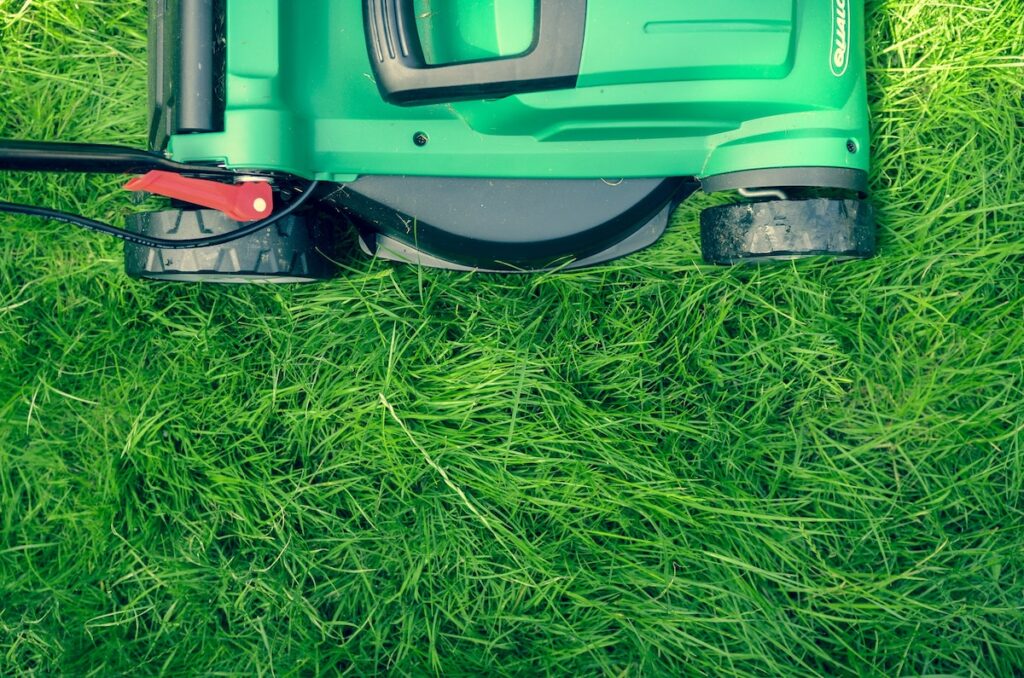
Avoid walking on your new lawn for the first two weeks. After that, start mowing (to a minimum of 4-4.5cm).
After four weeks, give your new lawn a feed with a high-quality slow-release fertiliser, such as MOOWY’s Lawn Starter feed.
Things to consider when buying turf
Type “where can I buy turf” into a search engine, and you’ll be inundated with suppliers. So, it’s essential to understand how each grower has cultivated their grass and how they deliver it.
Consider the following points:
The freshness of the grass
From the moment the turf is lifted from the field and rolled, it begins to degrade. Wind and sunlight will dry out the soil and damage the grass plants, so ensure your supplier can deliver your turf within 24 hours of lifting it.
If the ambient temperature is over 15ºC, the inner roll will heat up – again, damaging the grass. Make sure that the supplier cold-stores the turf after harvesting.
The use of plastic netting
Some suppliers grow their turf using plastic nets to help fuse the grass, offering extra strength while harvesting.
However, this is considered poor practise: it allows the supplier to shorten the nurturing duration to 6 months (rather than the typical year). This means the grass plants are relatively weaker – the net permits growing with less soil, and the results can be sparse.
Ultimately, netted turfs don’t adhere to your soil surface as well as traditionally grown grass. And, of course, plastics in your soil won’t biodegrade – they can hamper aeration and scarifying.
A good idea needs time to grow: at least 12-14 months. Don’t settle for less.
The fertilisation of the turf
Ask the supplier which fertiliser they have used while growing the grass. Organic fertilisers ensure optimal soil life – insist on the best!
The type of turf
Just like grass seed, there are several types of turf available, and it’s essential to choose the correct type to suit the growing conditions in your garden and the intended use for the lawn.
Will you use your lawn extensively, or are you looking for an ornamental lawn? Make sure the supplier understands how you will be using your grass.
For example, MOOWY supplies seeds for:
Are you ready to lay turf? Or do you have more questions?
We hope you’ve got everything you need from our turf laying article, but if you have more questions, don’t hesitate to get in touch.
We love to hear from you and will get back as quickly as possible!
Thanks for reading!
FAQ
It’s important to remove your existing lawn; otherwise, you’ll inherit all the same problems you’re trying to overcome. Lift the existing grass with a spade and remove stones and branches. Level out the surface with a rake – then, you’re ready to lay your turf.
You don’t always need to apply new topsoil before laying new turf but it will help. Topsoil helps provide a more level surface, as well as a good texture for the turf’s roots to take hold.
You can lay turf all year round, but avoid frost, heavy rain, and extreme heat. Laying in spring offers rapid growth, while laying in the autumn helps prepare your lawn for spring growth.
You should leave at least two weeks before walking on a re-turfed lawn. Any sooner, and you’re likely to damage the structure of the grass plant’s roots.
Leave your newly turfed lawn for at least two weeks before you mow it. Don’t cut it too short to start with; aim for 4-4.5cm for the first cut. Cutting it too short will cause the plants to dry out.
When you lift your exisiting lawn, be sure to dig out weed roots. Just chopping off the surface growth won’t kill the weed. You can, of course, apply weed killer, but it’s more environmentally-friendly to dig out the roots.
A: It’s important to remove your existing lawn; otherwise, you’ll inherit all the same problems you’re trying to overcome. Lift the existing grass with a spade and remove stones and branches. Level out the surface with a rake – then, you’re ready to lay your turf.
Leave a comment
Your answer will be displayed on the site and the interested party will be notified by email.
Leave a comment
Have a question or want to share your experience? Leave us a comment.
Read more
The best tips and tricks for a lush green lawn
 7 MIN
02 Jun
The Great Grass Seed Comparison!
7 MIN
02 Jun
The Great Grass Seed Comparison!
 Scarifying Kit
All products after scarifying | Quickly restores the lawn after scarifying | Outsmart weeds quickly with the use of this kit
From: € 39.99
Scarifying Kit
All products after scarifying | Quickly restores the lawn after scarifying | Outsmart weeds quickly with the use of this kit
From: € 39.99
 Spring Lawn Care Kit
MOOWY’s choice for the spring | Quick recovery of your lawn after winter | A strong lawn prevents weeds
From: € 25.99
Spring Lawn Care Kit
MOOWY’s choice for the spring | Quick recovery of your lawn after winter | A strong lawn prevents weeds
From: € 25.99
 Long Lasting Lawn Fertiliser
Effective for 90 days | See results in 14 days! | Suitable for all types of grass and soil
From: € 13.99
Long Lasting Lawn Fertiliser
Effective for 90 days | See results in 14 days! | Suitable for all types of grass and soil
From: € 13.99
Do you want a lawn calendar?
🌱 All important maintenance moments for your lawn during the year. Leave your email and we will send you the lawn calendar for free.
Enter your email
Receive the lawn calendar in the mail
Enjoy a green lawn all year round!




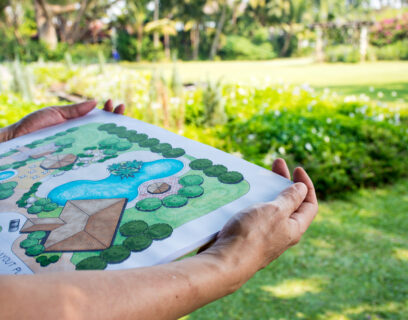






Comments (0)
There are no comments yet. Well then, what are you waiting for to
Be the first to write your comment!inaugurate this pretty page?
Do you have some comments?